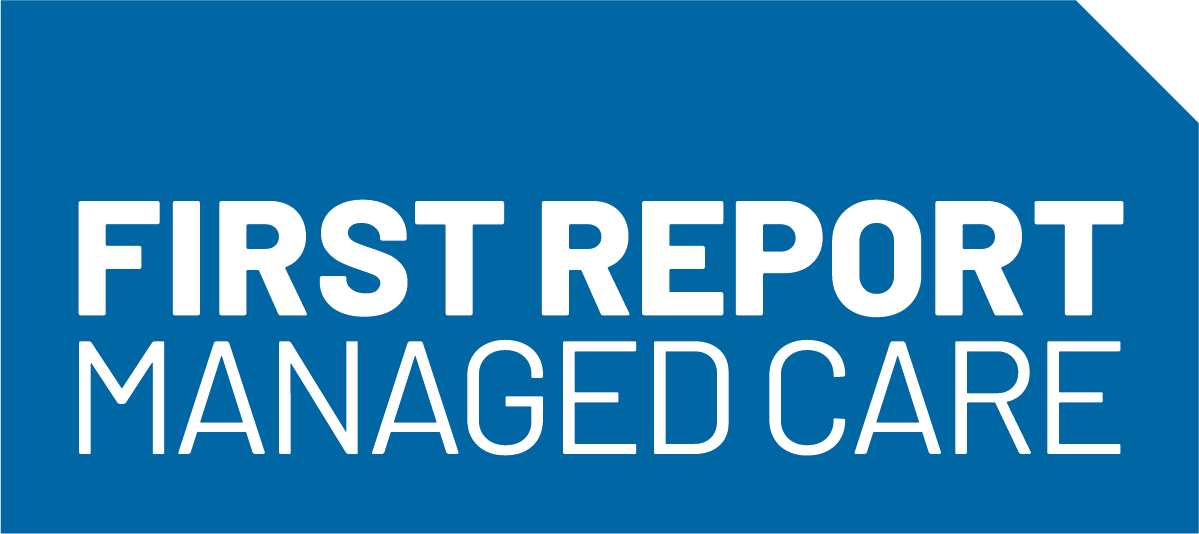The Future of Pharmacy Benefit Managers in Access and Value Reform
As the rising cost of prescription drugs and access to affordable health care remain central concerns, the role of pharmacy benefit managers (PBMs) is under intense scrutiny. At AMCP, speakers Juan Carlos "JC" Scott, president and CEO of the Pharmaceutical Care Management Association (PCMA), and Marissa Schlaifer, MS, RPh, vice president of policy at Optum Rx, shared insights into the evolving landscape of PBMs. What follows is a summary of each presentation, offering a detailed look at how the PBM industry is responding to both external criticism and internal demands for reform.
The Role and Challenges of Pharmacy Benefit Managers in a Shifting Policy Landscape
JC Scott opened the session with an overview of the current state of the PBM industry, focusing on its critical role in the health care ecosystem, growing scrutiny, and policy headwinds. Representing the PCMA, Scott emphasized PBMs’ mission to increase affordability, ensure medication access, and support plan sponsors such as employers and government programs. He acknowledged the increasing frustration from consumers and policymakers alike, driven by perceptions of a complex and opaque system. PBMs, Scott argued, are often misunderstood and scapegoated in political discourse, despite being central to cost control and access facilitation in the pharmaceutical supply chain.
Scott detailed the economic and political challenges PBMs face, such as the rising cost of prescription drugs—particularly specialty drugs and glucagon-like peptide-1s (GLP-1s)—and the increasing push for transparency and reform from both Congress and state legislatures. He highlighted PCMA’s PBM Innovation Project, which promotes new initiatives such as biosimilar integration, lower out-of-pocket costs, and expanded pharmacy access, especially in rural areas. For instance, he pointed to efforts that support formulary flexibility and incentivize biosimilar uptake through reduced or zero-dollar cost-sharing models.
On public policy, Scott warned against proposed federal and state regulations that could inadvertently raise costs by restricting PBM operations and reducing contracting flexibility. Nonetheless, he welcomed constructive reforms, particularly those promoting competition and curbing anti-competitive practices in drug manufacturing, such as "evergreening" and "pay-for-delay" tactics.
Scott called for broader collaboration across the health care landscape and encouraged audience members to engage in advocacy, share clinical outcome data, and participate in policy discussions: “If we’re not competing as PBMs by offering the lowest net prices to our clients, we are going to lose that business. It’s a path to lower costs, not about the size of the rebate.”
How OptumRx is Driving Innovation and Transparency in the PBM Industry
Following Scott, Marissa Schlaifer spoke about PBM innovation, highlighting Optum Rx’s specific strategies to address affordability, transparency, and pharmacy sustainability. She spotlighted Optum Rx’s decision to eliminate 25% of prior authorizations (PAs), streamlining access for patients who require long-term medications. This move simplifies processes for providers and patients, acknowledging that unnecessary re-authorizations can hinder care continuity. She also detailed a shift in pharmacy reimbursement, moving away from legacy models that favored generics, and instead aligning payments more closely with pharmacy acquisition costs—an effort to ensure the viability of pharmacies dispensing high-cost brand-name drugs.
Additionally, she emphasized affordability programs like Optum Savings IQ, which leverages technology to connect patients with financial assistance programs. This initiative has yielded average savings of $2500 per patient. She also mentioned transparency efforts, including real-time cost comparison tools like Price Edge, and transparent pharmacy and therapeutics committee processes. She concluded by stressing the need for continued collaboration among PBMs, pharmaceutical manufacturers, providers, and policymakers to balance innovation with equitable access, and to ensure patient-centric reforms endure in the evolving health care landscape.
“Unaffordable innovation isn’t progress. We need to partner for access, affordability, accessibility, and value to make medications more available to patients,” said Schlaifer.
Conclusion
The evolving role of PBMs is at a critical juncture, shaped by increasing public scrutiny, political pressure, and urgent calls for reform. Both speakers underscored the vital function PBMs play in managing drug affordability and access, while also highlighting the tangible steps being taken to address long-standing concerns. From eliminating unnecessary prior authorizations to championing biosimilar adoption and implementing transparent reimbursement models, the PBM industry is actively innovating to meet the needs of patients, providers, and plan sponsors.
Reference
Schlaifer M, Scott JC. State of pharmacy benefit managers. Presented at: AMCP 2025; March 31-April 3; Houston, TX.











